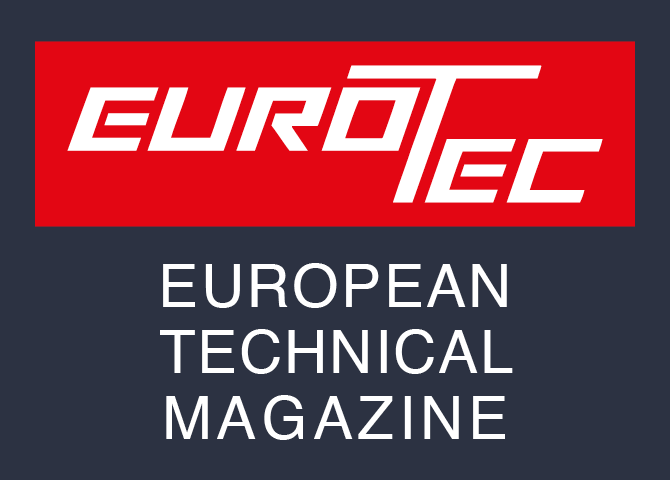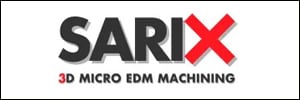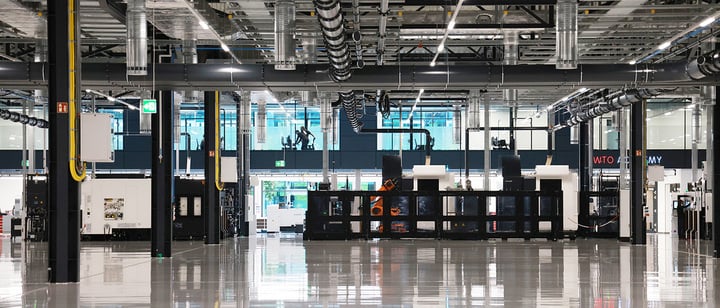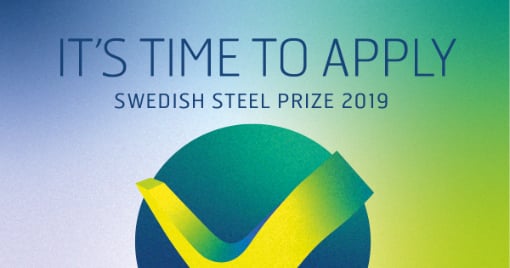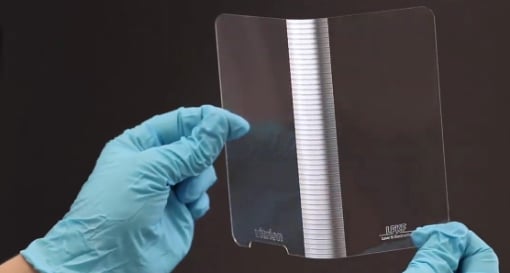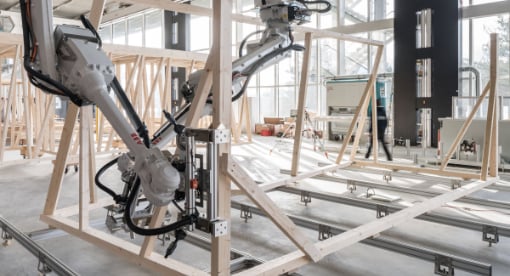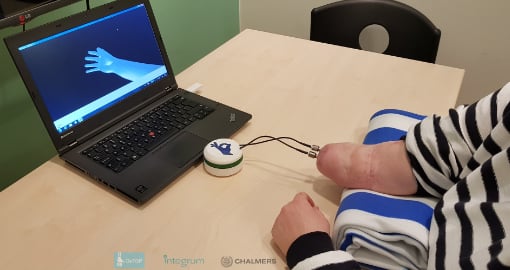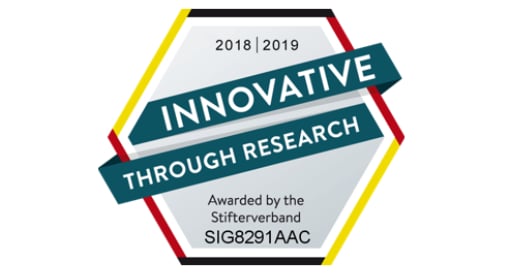Micron-scale resolution – with today’s laser technology, resists for microcomponents can be produced cheaply and quickly. With a new compact laser system, individual trays are exposed directly.
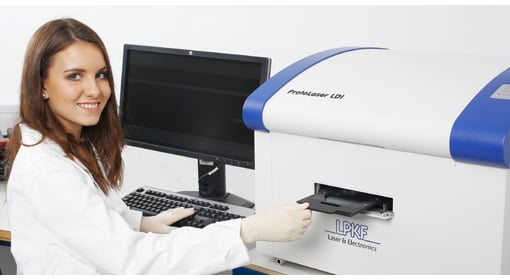
LPKF, in cooperation with the Slovenian company Aresis and the University of Ljubljana, is developing new low-cost, fast processes for structuring of microcomponents. Maskless UV laser direct imaging (LDI) of photosensitive polymers (photoresists) offers numerous advantages over classic mask projection techniques.
Research and development in the field of microfluidic devices and micromechanical systems benefit from fast prototyping processes such as LPKF-LDI. Lab-on-a-chip devices help miniaturize processes and reduce liquid sample sizes as well as waste. This opens up tremendous possibilities for the LDI process in medicine, biology, chemistry, and physics. The applications are diverse – blood and cell analysis, medical diagnosis and screening, sensors (chemical, biological, environmental, and weapons technology; automotive engineering), synthesis of chemicals, and physical experiments.
Manufacturing microfluidic components Three processes are mainly used to manufacture microfluidic devices on the scale of tens of nanometers to more than a hundred micrometers. The currently prevailing method of photolithography is primarily recommended for large-scale production. For frequent layout changes or low production quantities, though, the process is much too elaborate. In the electron beam method, the structures are written directly onto a resist. The electron beam has resolutions of between 20 and 50 nm. However, special resists, conductive substrates, a high vacuum, and an extraordinarily large amount of time are required for this process. With Laser Direct Imaging (LDI), a scanner-guided laser beam writes structures directly, rapidly, and precisely onto the photoresist without using a mask. This results in extremely smooth side wall edges.
LDI: fast, flexible, and precise The LPKF ProtoLaser LDI can be used for production of microfluidic devices as well as MEMS, BioMEMS, integrated optics, and photonic experiments with microscale structures. In terms of precision, LDI surpasses all comparable systems for mask projection. Investment costs are considerably lower than for electron beam lithography and for numerous mask alignment systems. LDI even enables structuring of elements with web widths of less than a micron. However, there are many more features: substrate exposure with a focused 375-nm TEM00 UV laser beam, which can also be used for standard UV resists; software-controllable laser focus (1 – 3 µm) for changing precision requirements; and an integrated camera for fine positioning of substrate and automated self-calibration as well as stitching mechanisms for real-time manufacturing of large samples. The launch of the ProtoLaser LDI product will coincide with the presentation at MicroTAS in San Antonio, USA, from October 26 to October 30.

LPKF Laser & Electronics AG Osteriede 7 D-30827 Garbsen www.lpkf.de
